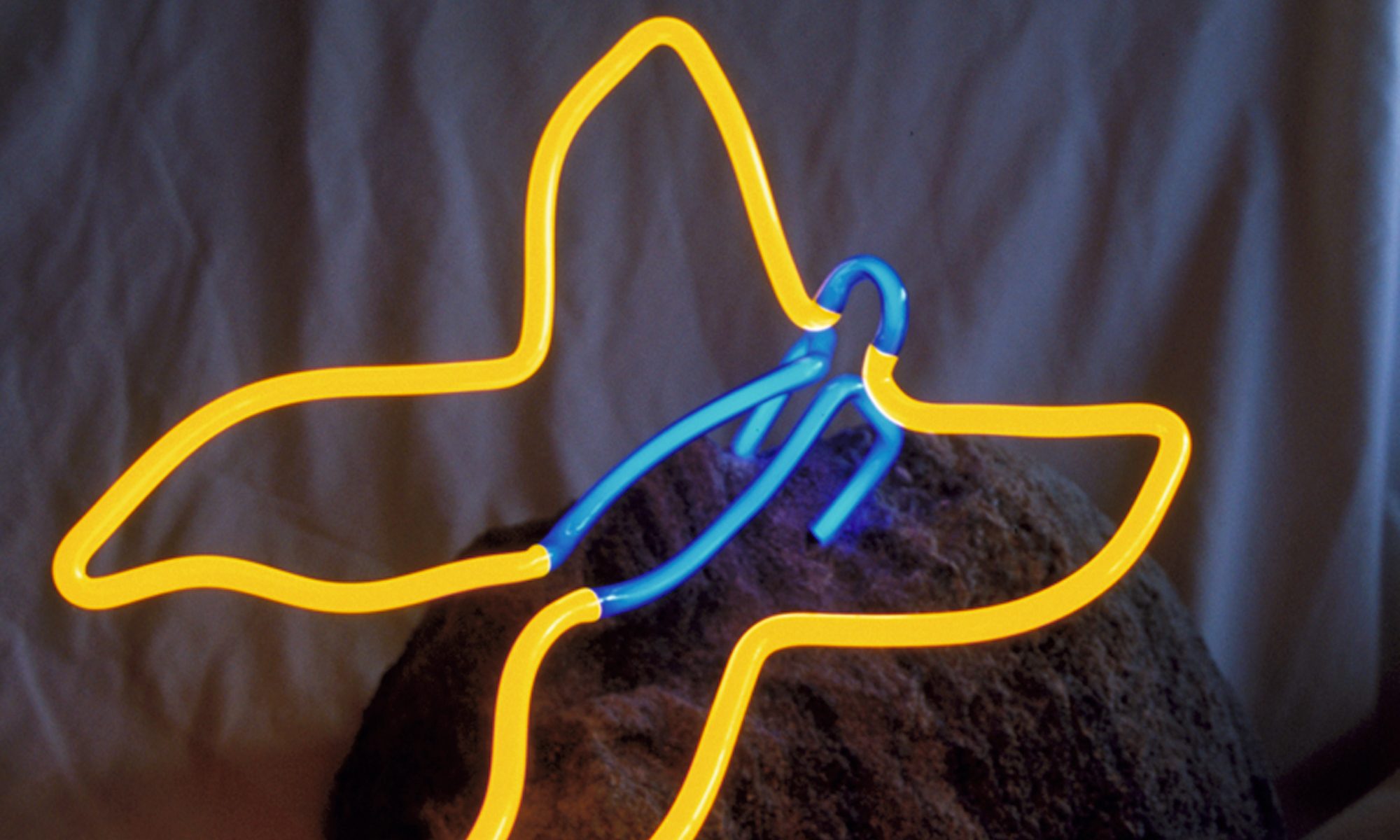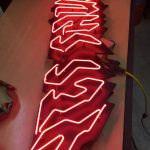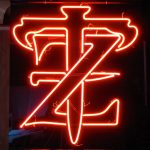Properly made neon will last for many years with very little maintenance. Additionally it is one of the most energy efficient light forms available and if you include it’s long lifespan in your efficiency calculations neon will leave modern technologies like L.E.D.’s in the dust. Not only outlasting L.E.D.’s in overall lifespan, but also maintaining it’s brightness better. Even the best L.E.D.’s in the sign industry degrade to about 50% of their initial brightness within the first 5 or 6 years of operation and have a lifespan rating of the equivalent of about 10 or 11 years. Neon doesn’t have a lifespan rating and depending on the situation commonly lasts for several decades, typically being taken down because the business closes not because the neon is too old.
Neon is also repairable and recyclable, two attributes L.E.D.’s don’t have and won’t have in the foreseeable future. Saving a few cents on electricity isn’t the only factor that should be evaluated when comparing technologies and their impact on our planet. A truly environmentally friendly product is recyclable, repairable, made locally, and lasts many many years even while operating continuously. Neon is old school technology that is holding it’s own in the world of lighting.
Here’s a great example of the incredible possible lifespan of neon in this article about a sign at Clifton’s restaurant in Los Angeles. A sign that has been continuously running for over 70 years. Considering there have been improvements in the technology since this sign was manufactured it’s certainly reasonable to expect any neon sign will last for many years.
Despite it’s proven ability to withstand the test of time neon has been affected significantly by the arrival of L.E.D.’s into the sign industry. The low cost of imported L.E.D.’s appeal to customers and offer higher profit margins to sign companies and sign suppliers. This has not only affected neon producers through new imported competition but has also undermined our supply chain by giving sign suppliers an incentive to carry fewer neon supplies while promoting L.E.D.’s. There are certainly many wonderful applications for L.E.D.’s in the sign industry, however when going head to head with neon it’s undeniably an inferior light source and the cost to replace the L.E.D.’s one or more times over time should be factored in for an accurate cost comparison.
Neon runs on high voltage electricity and needs to be installed properly, whereas L.E.D.’s are low voltage and the installation is much easier. This is another incentive for sign shops to favor L.E.D.’s. While there are instances where this could be a good choice for customers most often a well built neon sign will better serve the customer over the long haul.
Clearly I am biased, but it’s hard to deny results and a long track record of reliability. L.E.D.’s are the newest thing and the newest thing is always popular, I’ll check back about 60 years from now and see how they’re holding up…











































